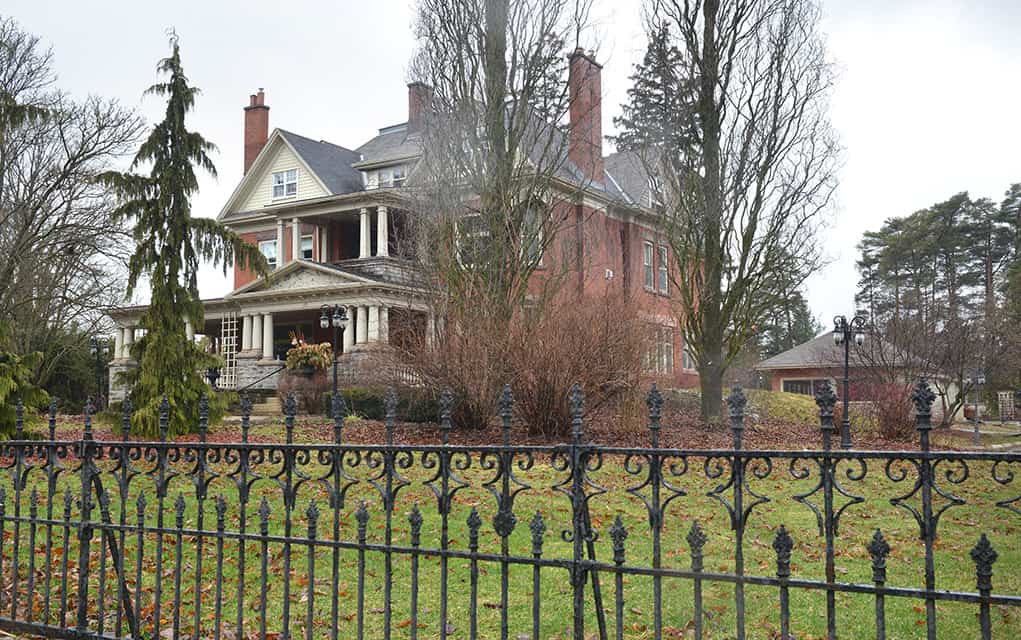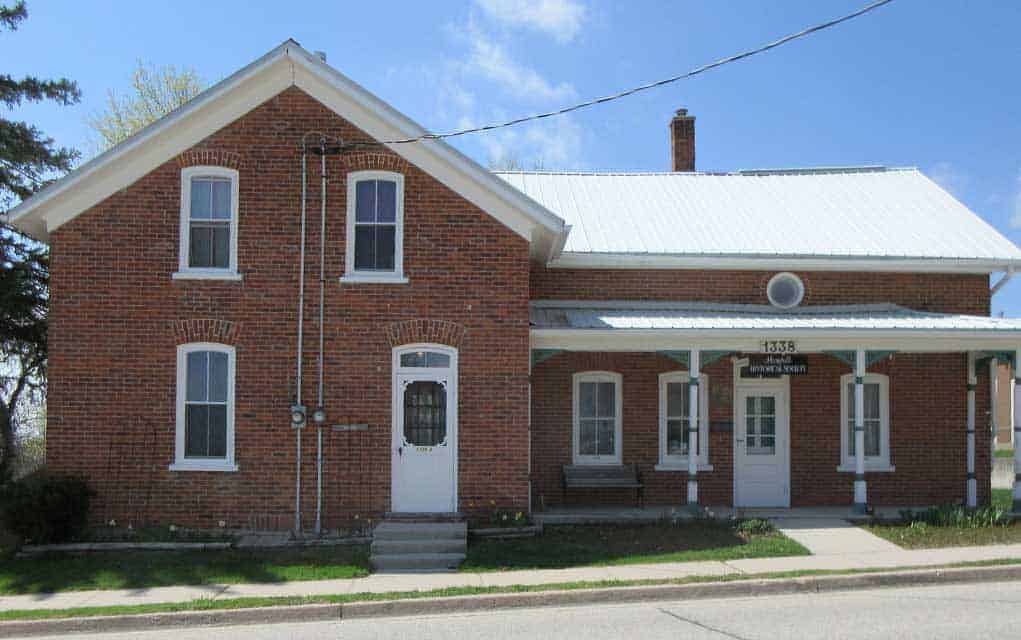A heritage designation for the former Jakobstettel Inn building shouldn’t delay redevelopment efforts on the 4.2-acre property, Woolwich council decided this week.
Although the township’s heritage committee called for the designation of the historic structure prior to any development, councillors opted to run the process concurrently with the owners’ bid to rezone the property. The developer is looking to construct 25 to 27 homes on a 3.25-acre portion of the land at 16 Isabella St. in St. Jacobs.
Representing the owner, planner Paul Puopolo said his client favours heritage designation for the building, currently being used as a guesthouse, but would like the process to run in tandem with the redevelopment proposal.
His suggestion met with a largely sympathetic reception from councillors.
Ward 2’s Coun. Mark Bauman seemed most eager to avoid putting additional hurdles in the owner’s path, particularly at this point in the process, noting he too was frustrated with the process.
As with past discussions about heritage designation for properties, he expressed concerns about imposing stringent controls on properties.
“If we make this too onerous on the proponent, this could backfire on us,” he said
Noting the owners could choose to walk away, leaving the building to fall into disrepair, he pointed to similar issues with the old Steddick Hotel property and a Victorian home on Park Street in Elmira, where both properties deteriorated to the point they were beyond saving.
Although concerned about the compatibility issues of cramming a bunch of “tiny houses” into the existing neighbourhood, Coun. Patrick Merlihan agreed with the call to combine the processes.
“It sounds like a win-win situation,” he said, adding the heritage process shouldn’t be short-changed. “It comes down to how much we cherish the heritage here.”
For director of engineering and planning Dan Kennaley, however, there remained concerns about getting the heritage issues dealt with, including a peer review of a heritage assessment carried out by the owners’ consultant.
A number of features on the exterior, interior and landscape surrounding the building are worth protecting, he said, arguing in favour of retaining the peer review option to “be sure” in determining which aspects of the property – exterior, interior and landscape – to designate for protection.
Councillors appeared to side with Puopolo’s characterization of such a study as time-consuming and unnecessary given that the owners are willing to work towards a heritage designation, having hired heritage consultant Owen Scott because of his years of experience in the field.
“I don’t think this needs to be an adversarial process,” said Bauman of the peer review suggestion, instead recommending mediation if necessary to keep things moving.
Puopolo said the owners have no plans to modify the front of the building, nor to alter any of the major heritage features.
Scott identified those as including the exterior brickwork, many of the windows, a wrought-iron fence and interior elements such as the front staircase, copper ceilings and parquet flooring. Many of the features date back to the original 19th century building and the early 20th century addition that essentially doubled the size of the structure. Later work done in1982, some of which altered historic features, doesn’t make the grade, he argued.
In redeveloping the site, the owners are looking to balance heritage, economics and functionality, Puopolo added.
The actual zone change application from 2306790 Ontario Inc. will be the subject of a public meeting May 15 in council chambers.









